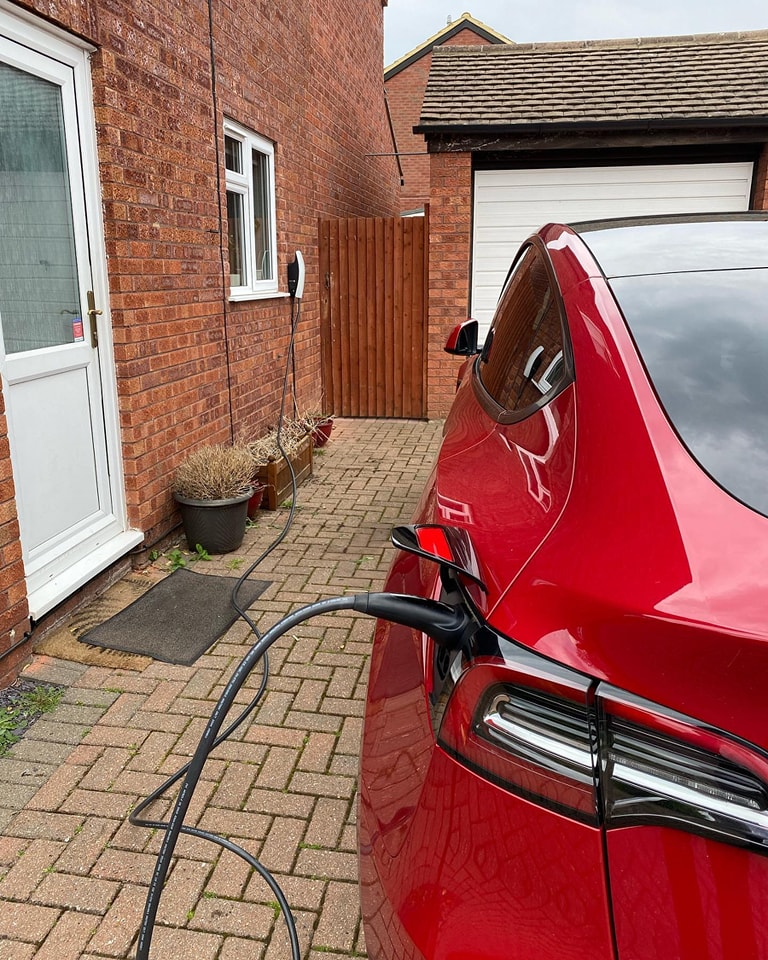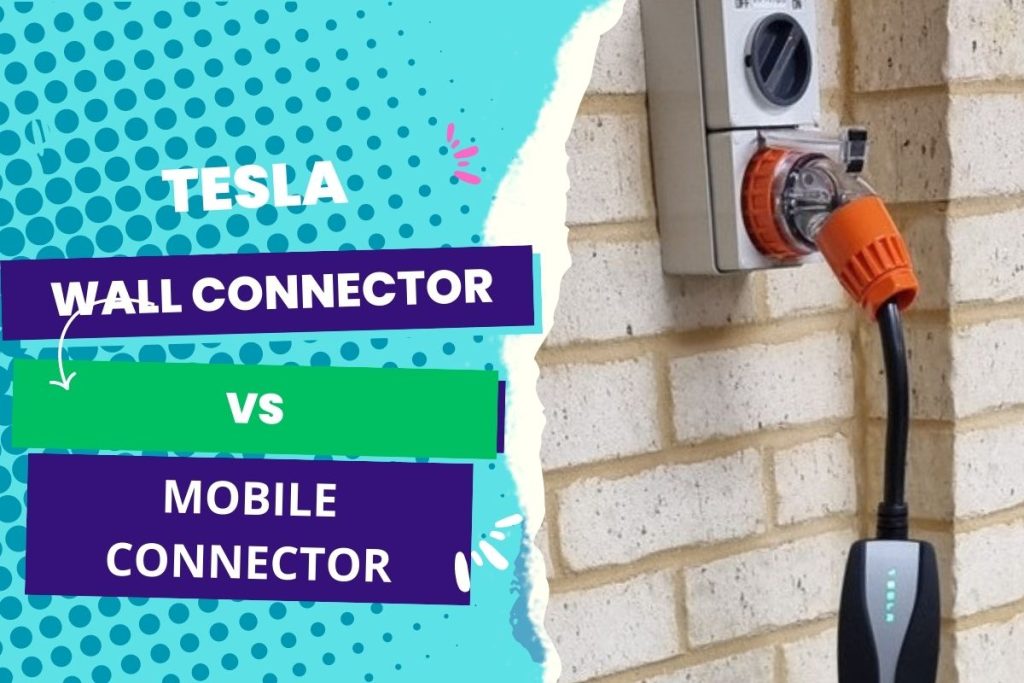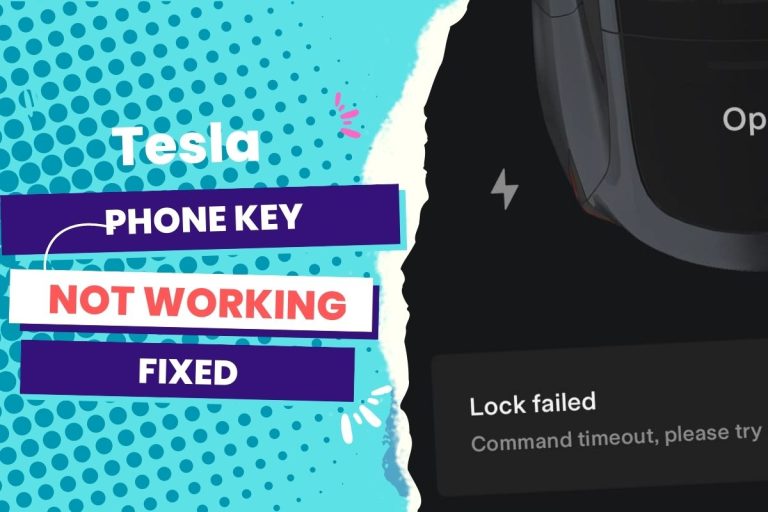The Tesla Wall Connector is a more powerful and versatile charger than the Mobile Connector. It can charge a Tesla vehicle faster and is weatherproof, making it ideal for outdoor use. However, it requires professional installation and is more expensive. The Mobile Connector is a less powerful and versatile charger, but it is more affordable and can be installed by the user. It is a good option for Tesla owners who do not need a high-speed charger or who cannot have a Wall Connector installed.
This is why I currently use both options. I have a wall connector and a 14-50 outlet. I often use the wall connector, but having the 14-50 outlet in case the wall connector disappoints is nice. But when it comes down to budget and choosing a single option among these two alternatives, many Tesla owners say it’s a tough pick.
In the rest of this article, you will see an in-depth comparison between the wall and mobile connector charging options, where they thrive and are limited. These factors will help you decide which you should eventually order.
You Can Skip To Sections Here
What Is The Difference Between A Tesla Wall Connector And A Mobile Connector?
| Feature | Tesla Wall Connector | Mobile Connector |
|---|---|---|
| Price | $400 | $200 |
| Charging speed | Up to 80 amps | Up to 32 amps |
| Cable length | 25 feet | 20 feet |
| Weatherproof | Yes | No |
| Wi-Fi connectivity | Yes | No |
| Installation | Requires professional installation | Can be installed by the user |
Here are some additional details about each charger:
- Tesla Wall Connector: The Tesla Wall Connector is the most powerful and versatile charger Tesla offers. It can charge a Tesla vehicle up to 80 amps, the maximum amperage that most vehicles can accept. The Wall Connector is also weatherproof, making it ideal for outdoor use. It requires professional installation, which can be costly. However, the Wall Connector is a good option for Tesla owners who want the fastest possible charging speed and need a charger that can be used outdoors.
- Mobile Connector: The Mobile Connector is a less powerful and versatile charger than the Wall Connector. It can charge a Tesla vehicle up to 32 amps, the maximum amperage that most vehicles can accept when using a 240-volt outlet. The Mobile Connector is not weatherproof and should not be used outdoors. It can be installed by the user, which makes it more affordable than the Wall Connector. The Mobile Connector is a good option for Tesla owners who do not need a high-speed charger or cannot install a Wall Connector.
The Wall Connector is a high-power, permanently installed charging station that offers faster charging speeds and various power output options.
It requires professional installation and provides convenience and compatibility with all Tesla models.
On the other hand, the Mobile Connector is a portable charging solution that comes standard with Tesla vehicles. It provides slower charging speeds but offers versatility and compatibility with different power sources.

The Mobile Connector is plug-and-play, making it suitable for charging on the go or in various locations.
There’s also an apparent difference in the cost of both options. According to Tesla, “a straightforward installation can range from $750 to $1,500, depending on the power output”, while the Mobile Connector is included with the vehicle purchase.
The wall connector requires professional installation, whereas you can use the mobile connector with different adapters for various outlets.
Tesla Mobile Connector vs. Wall Connector: The Comparison
1. Charging Speed
The wall connector offers faster charging speeds compared to the mobile connector. It can deliver up to 44 miles of range per hour for Tesla vehicles with dual onboard chargers.
On the other hand, the mobile connector provides slower charging speeds compared to the wall connector. Depending on the electrical input, it typically delivers around 3–4 miles of range per hour.
If you have charging speeds in mind when choosing between these two options, then your best bet is the wall connector.
2. Power Output
The Wall Connector is available in various power output options, ranging from 40 amps (9.6 kW) to 80 amps (19.2 kW), depending on the electrical infrastructure at your location. A higher power output allows for quicker charging.
The Mobile Connector has a fixed power output of up to 32 amps (7.7 kW) in North America. This power output is lower than the wall connector, resulting in slower charging speeds.
3. Hardwired Installation vs. Plug-and-Play
The wall connector requires a professional electrician to hardwire it directly into your home’s electrical system. It is usually mounted on a wall or post and connected to a dedicated circuit breaker.
The Mobile Connector is a plug-and-play device that can be easily connected to different power sources using the appropriate adapters.
In my opinion, mobile connectors are the best choice for flexibility. Having a tool that can charge your Tesla while on a long trip is nice.
4. Convenience
Once installed, the wall connector provides a dedicated charging station at your home.
You can plug in your Tesla using the included charging cable without carrying around a separate device.
In terms of convenience, it is enjoyed on both sides of the divide. But the wall connector does not offer as much peace of mind as the mobile connectors. Although it all boils down to what you see as convenience,
For many, it’s the fact that you can plug in your Tesla using the included charging cable as opposed to carrying a separate charging device around.
However, I like the lightweight 24-foot (7.3-meter) cable of the Mobile Connector. It allows me to leave it in the car, which is convenient.
5. Compatibility
The Wall Connector is compatible with Model S, Model 3, Model X, and Model and provides the highest charging speeds for your vehicle model.
Similarly, the Mobile Connector is compatible with all Tesla vehicles. It is a convenient backup charging solution when you are away from home or don’t have access to a dedicated charging station.
So there’s no noticeable gap between the two options when you have compatibility in mind.
6. Versatility
The Mobile Connector is designed to be portable and adaptable to different charging situations. It has additional adapters and connectors to enable charging from various power outlets, including standard 120V household and battery-powered 240V outlets.
This is where it beats the wall connector charging option, which limits you to a power outlet.
However, wall connectors can adapt to most home electrical systems, with customizable power levels on various circuit breakers.
So in terms of installation for most homes, apartments, condos, and workplaces, wall connectors are versatile.
7. Cost
The cost of the Tesla Wall Connector varies depending on the power output option you choose.
Tesla has said that a straightforward installation can range from $750 to $1,500. The installation involves hiring a certified electrician to connect the wall connector to your home’s electrical system.
On the other hand, the Tesla Mobile Connector is included with purchasing a new Tesla vehicle. But you can still order a new one for around $230. It has adapters for different power outlets, such as NEMA 5-15 (standard household outlet) and NEMA 14-50 (240V outlet).
8. Process of Use
For wall connectors, you only have to hire a professional electrician to install them, then connect the wall connector to a dedicated circuit breaker and mount it on a wall or post.
But you plug your Tesla into the provided charging cable for mobile connectors, and the vehicle will start charging.
Final Verdict
Undoubtedly, the wall connector is suitable for faster and regular daily charging. Mobile devices are ideal for charging when away from home.
With this in mind, you’d see why having both is the best.
(You have the money to buy a Tesla, so you probably can afford both. 🙃)
But the big question is: are there benefits to getting both? Especially when you’re on a budget for now.
If it comes to that, a wall connector is the best option. It costs at least a hundred dollars more for installation but gives benefits such as updates, VIN lock, and speed.
.




